This is part one of a series on Starter Gardens.
Last week I shared some advice for starter gardens, discussing what to grow and where to get seeds. Depending on where you live, seedlings and plants are becoming available at garden nurseries, hardware stores, and grocery stores right now. Seedlings are a great way to get a jump start on the season if you haven’t planted seeds indoors.
Where to Plant?
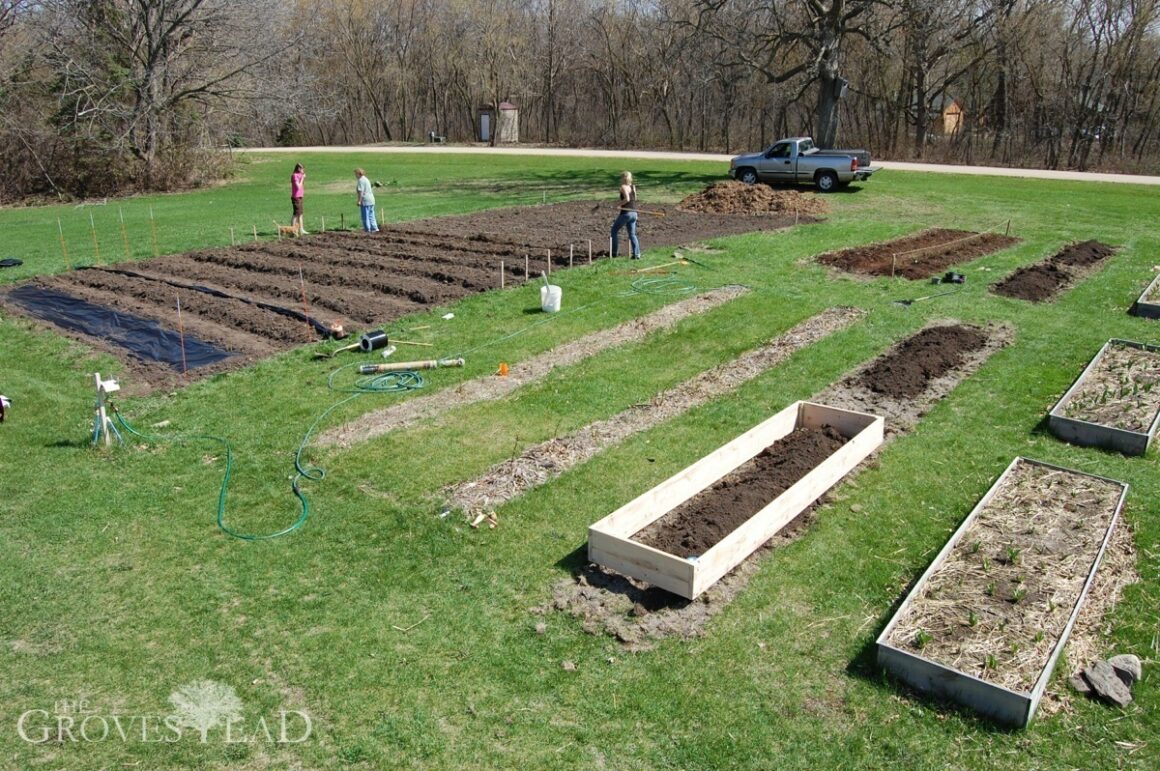
If you are just starting out, my advice is to go with raised-bed gardens. They are a simple way to grow with minimal fuss. You will still have to weed, but because you’re starting with fresh soil, you won’t be competing with centuries of weed seeds that are already in the topsoil.
You can build any size box you want, but the easiest is 8ft x 3ft. They are quick and easy to build, and it’s enough space to grow most garden crops in two rows. If you need more space you can just build more boxes. The width of 3 feet allows you to access the whole bed from either side. On our farm we have a mix of raised beds and ground-level gardens.
Building Raised Beds
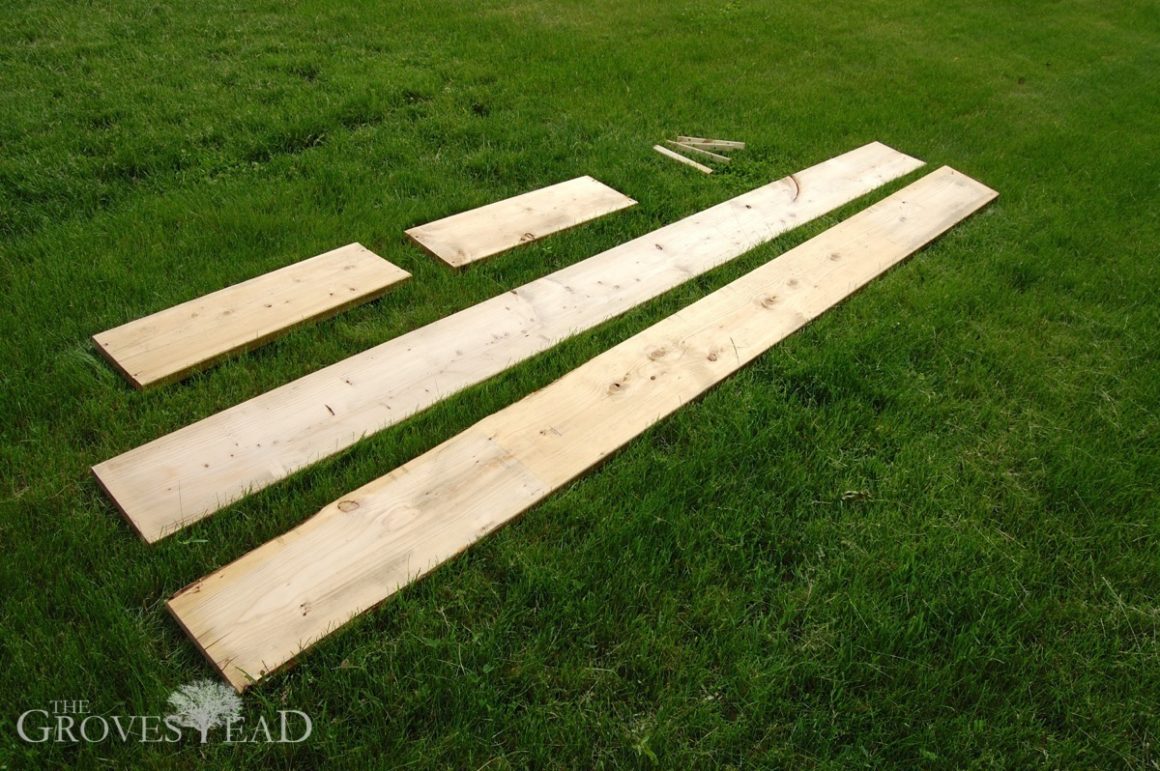
For each bed, buy 3 boards in the following dimensions: 2×8 (two-by-eights), 8-feet long. Don’t buy treated lumber or chemicals may leech into the soil. The untreated 2-inch wood will last a long time. Make sure to pick out straight lumber—it makes assembly a lot easier and costs the same.
Saw one of the boards into two 3-foot sections. On a level surface, screw the uncut 8-ft boards to the 3-ft boards using 3-inch wood screws. I would place 4 screws on each joint; once filled with dirt there will be a lot of outward pressure on the walls.
Filling the Boxes
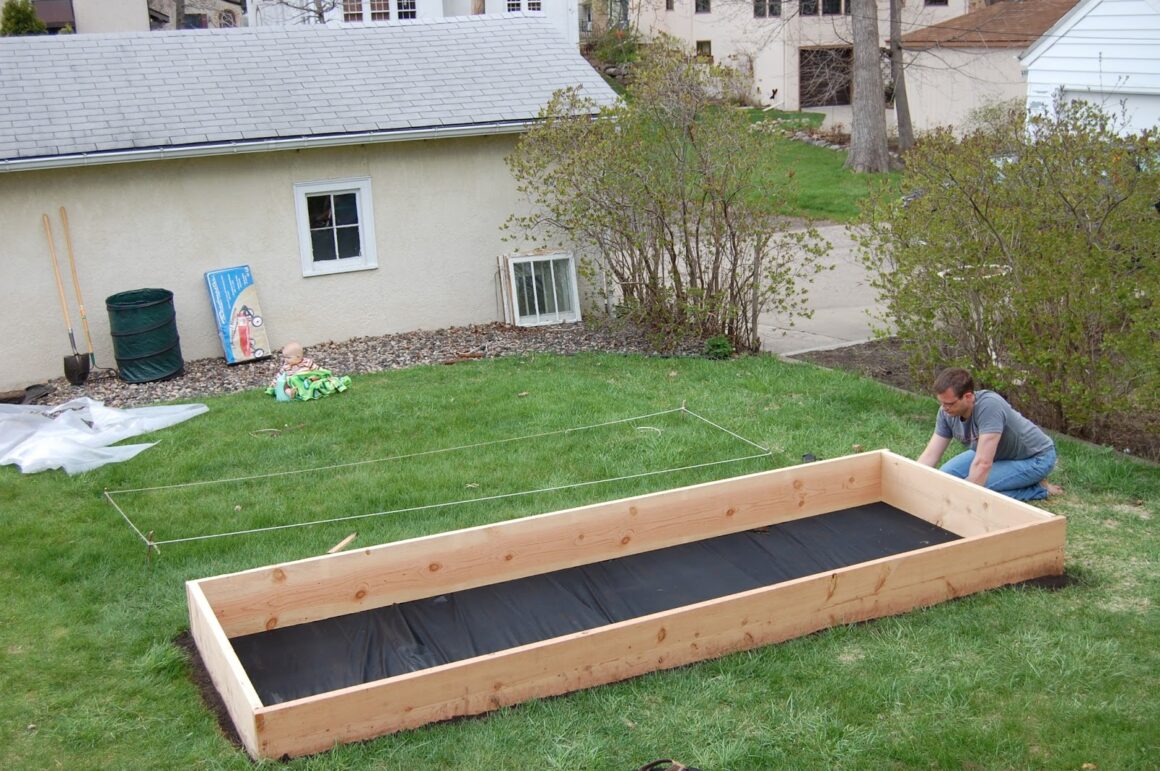
Move the box to the desired location and underlay newspaper (several sheets) or cardboard on the bottom of the box. This will act as a weed-barrier.
Next, fill the boxes with a mixture of compost and peat moss. Do not buy potting soil, this is simply overpriced compost and peat moss with artificial fertilizer mixed in. You don’t need artificial, we’re going to use natural.
Peat moss can be purchased in large “bales” from a garden or hardware store. It costs about $7 for a 2-cubic-foot bale, compressed in shrink wrap. When unpacked this will expand to 4-5 cubic feet, enough for one raised bed when mixed with compost.
You will need to fill the boxes to a depth of about 6-inches. Combined with the peat moss, you will need an additional 8 cubic feet of compost. Make sure to mix the compost and peat moss thoroughly. Compost can often be found for free at community sites, or it can be bought very cheap at garden stores (about $2 for a 1-cu-ft bag). Better yet, you can make your own from leaves and lawn clippings, but it takes several months to turn into garden compost.
The last step is to add a layer of wood chips. This will prevent both weeds and moisture loss, as well as fertilize the soil beneath as the wood chips “compost-in-place.” I would recommend a 2-inch layer, but don’t use store-bought wood chips. See this post about where to find wood chips in your area.
Time to Plant
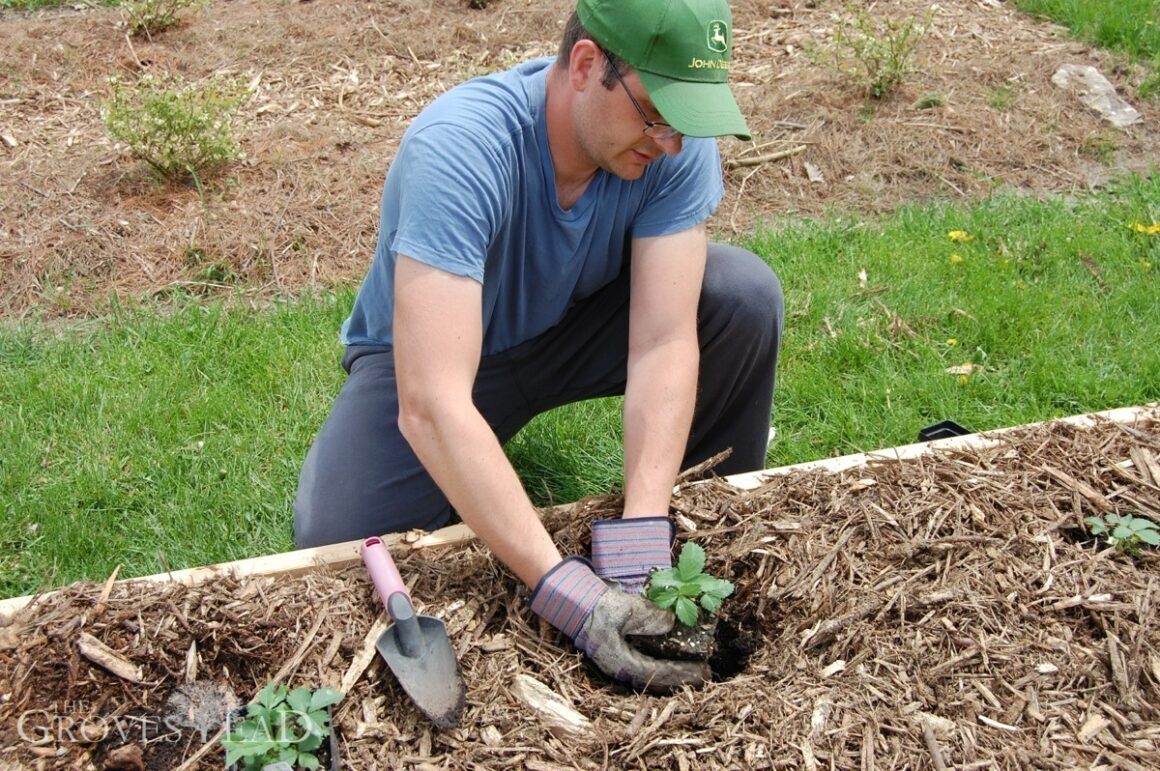
Your boxes are built, filled, and ready to plant. Check your USDA Hardiness Zone to find out when to transplant in your area. Some crops can be planted as soon as the soil is workable, others, such as tomato plants, must wait until the overnight temps are at least 50°F. When the temps are right, simply pull back the wood chips and plant your seedlings (or seeds) into the fresh soil.
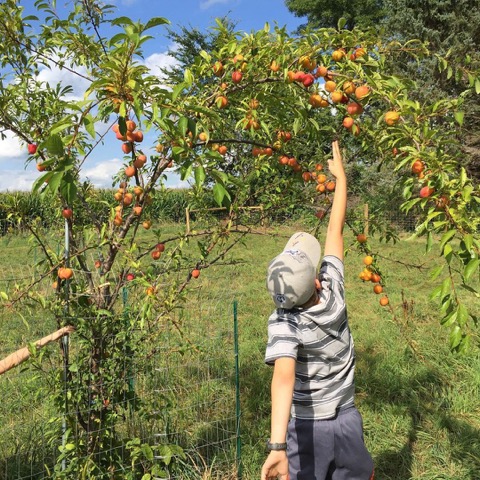

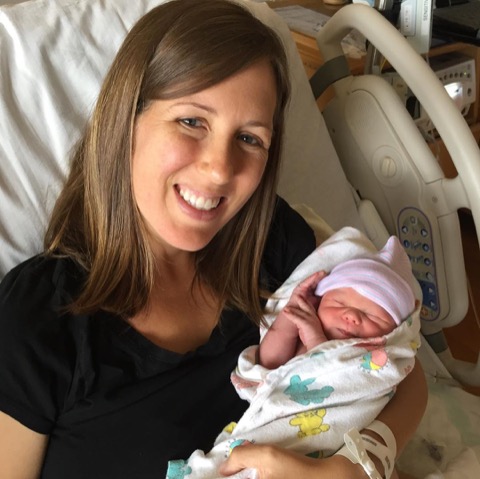
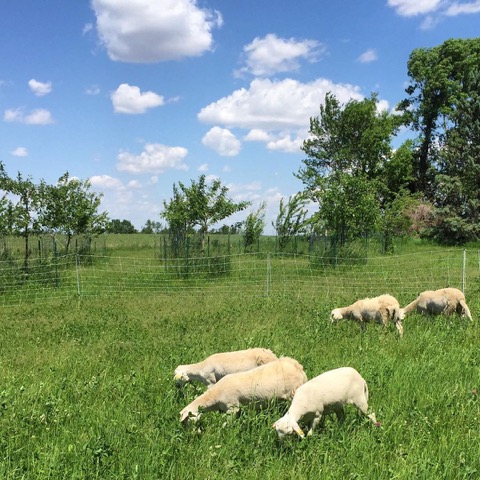
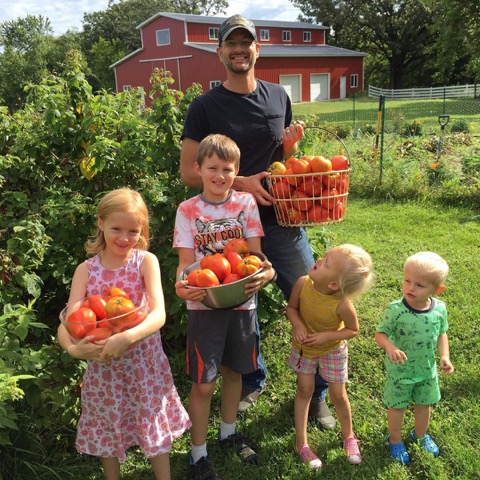
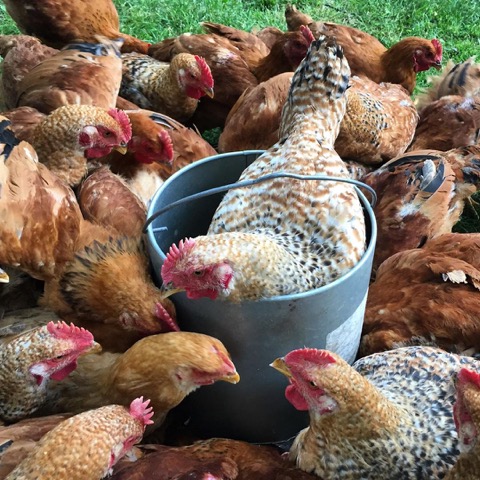
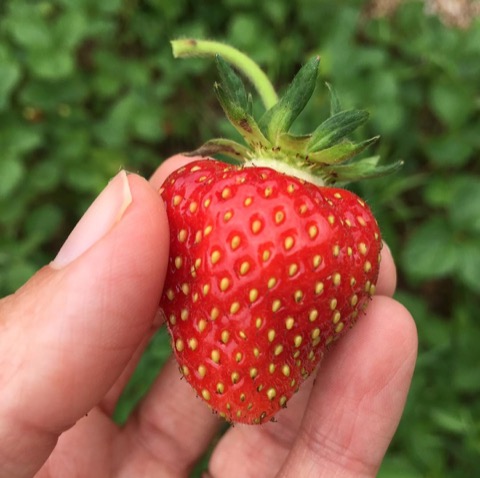
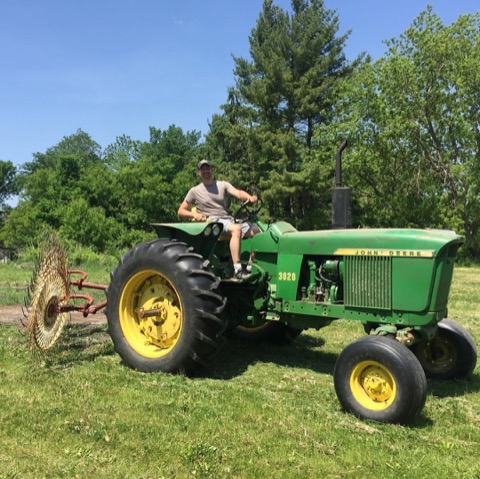
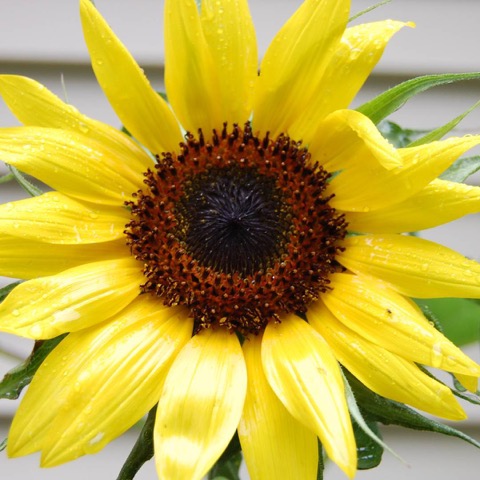
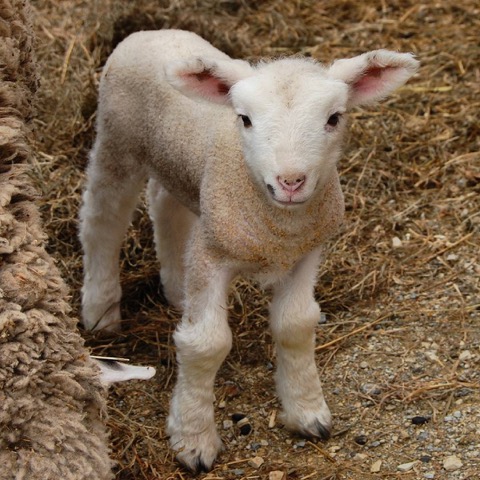
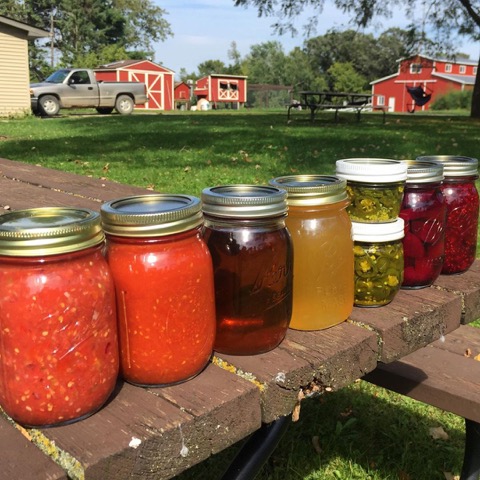
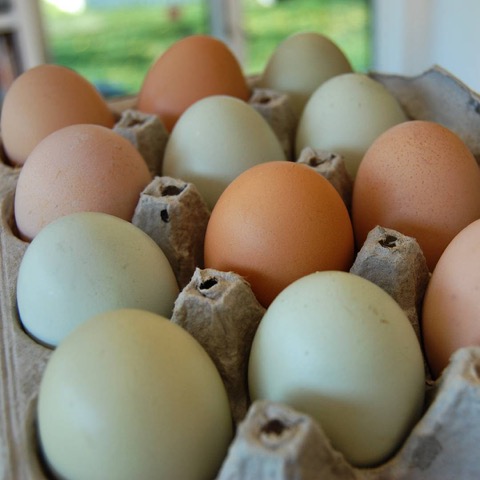

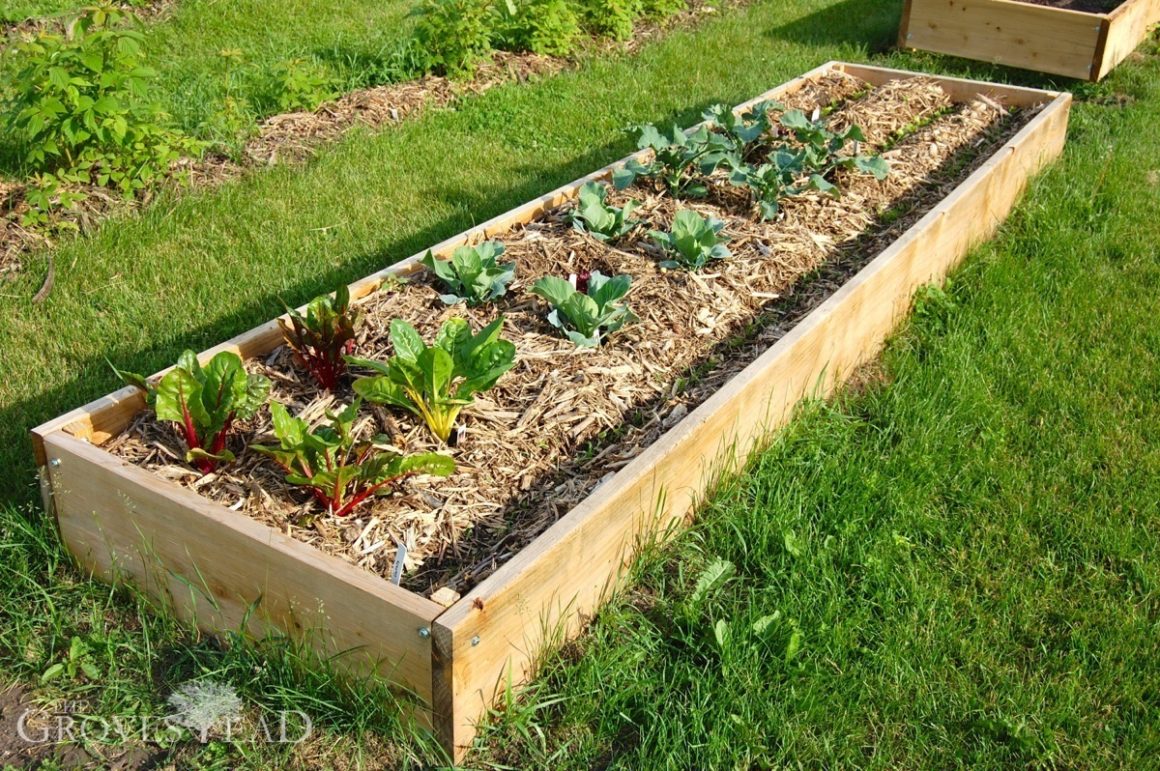
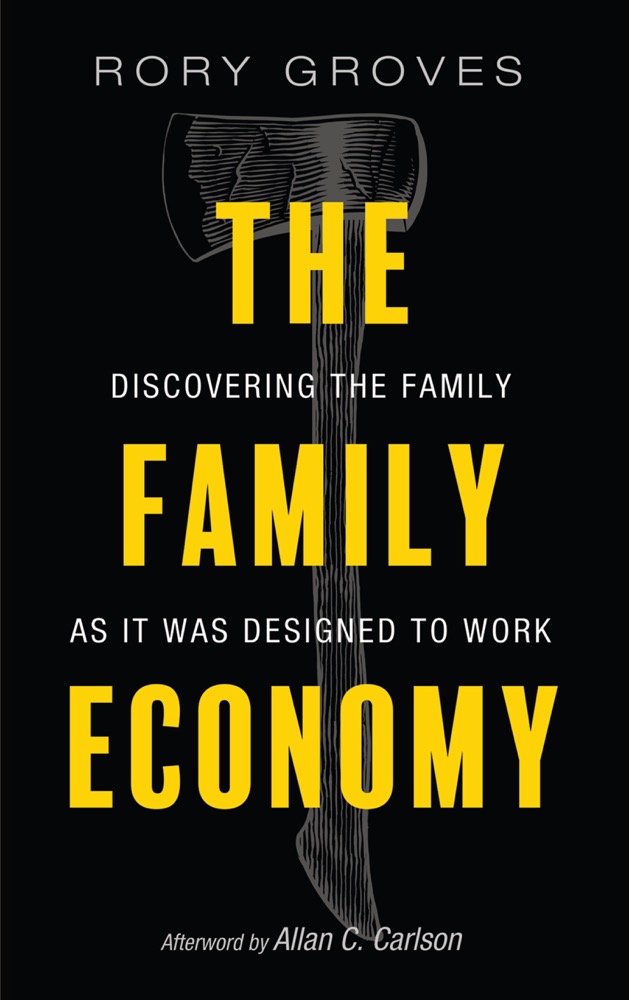
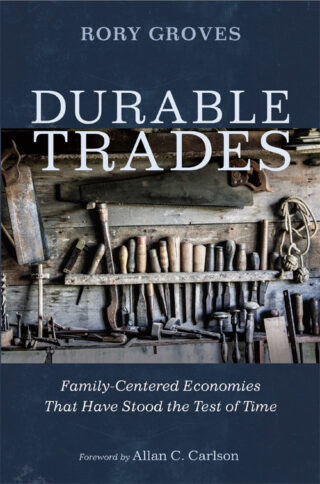
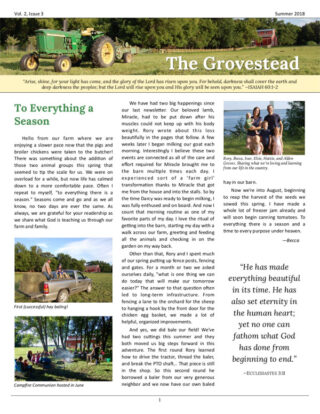
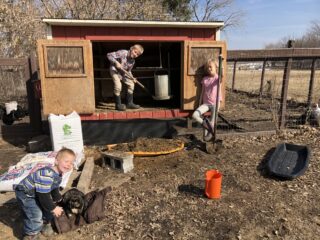
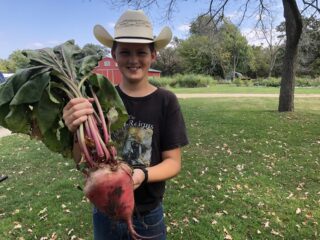
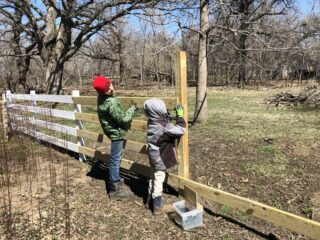
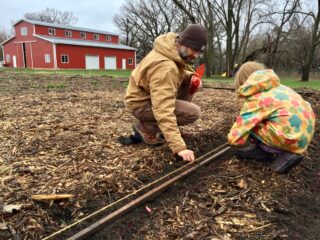
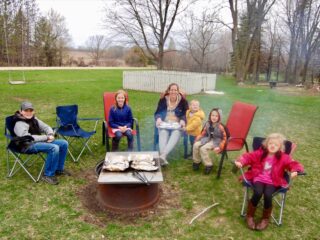

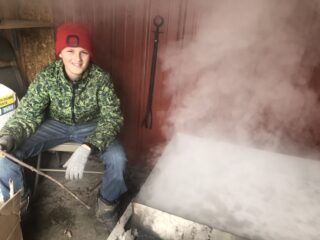
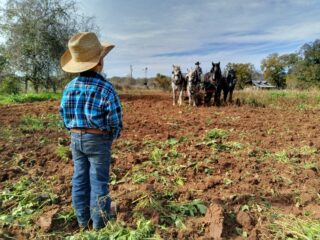
1 comment